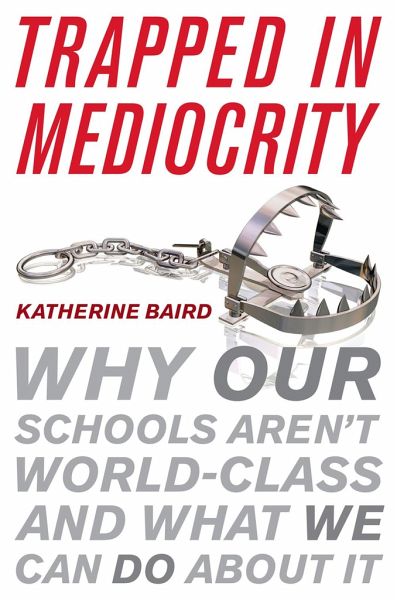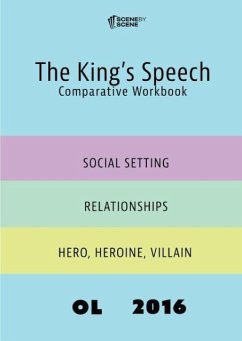Nicht lieferbar

Trapped in Mediocrity
Why Our Schools Aren't World-Class and What We Can Do about It
Katherine Baird, an economist, clearly spells out how our educational system is trapped in mediocrity. She points the direction to where we need to go to get out of the trap and carefully examines each factor that has lead to the current state in education.











